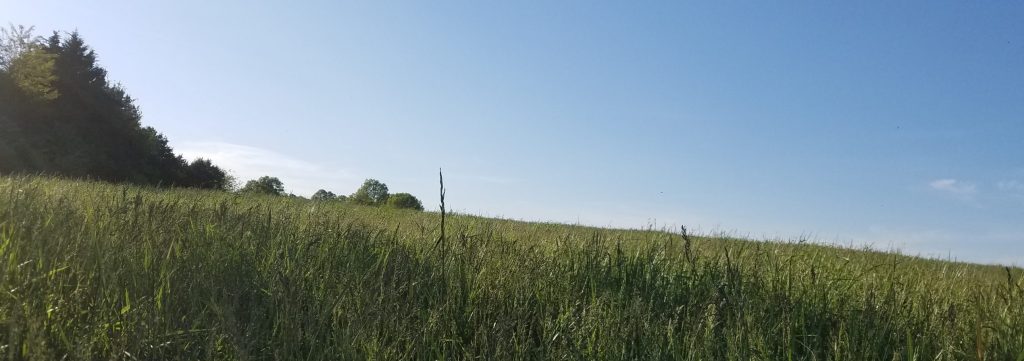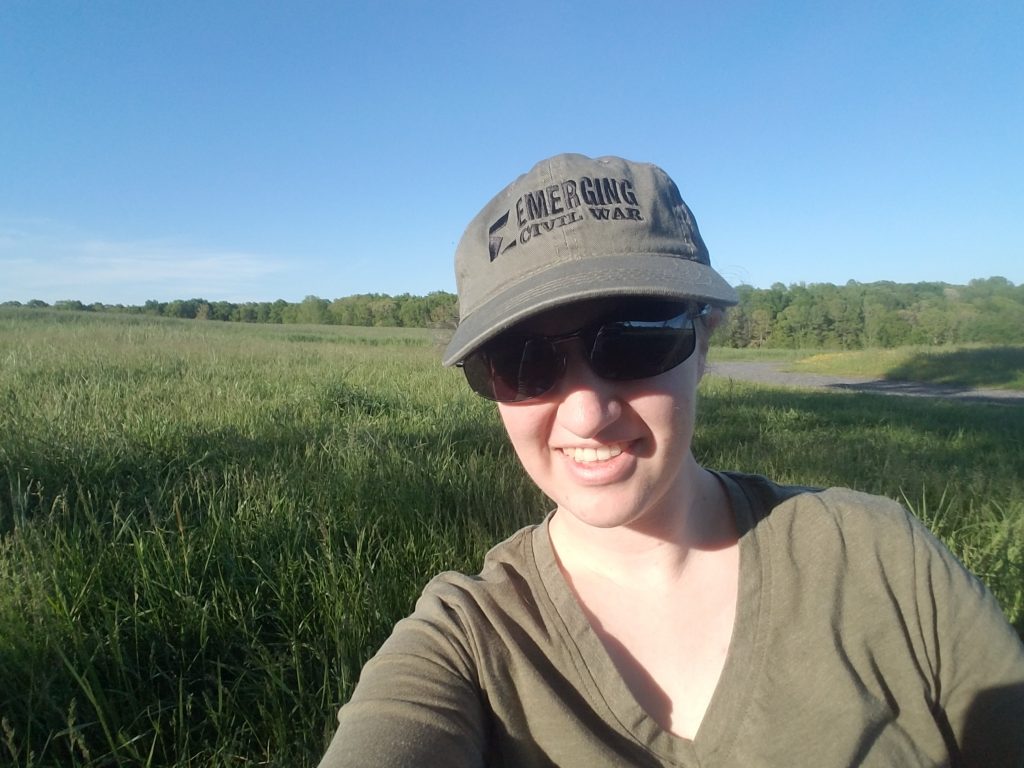What Time Was It?
 Yesterday evening, I had plans for dinner at the Union XI Corps campsites. I wanted to be at the “flank attack fields” on Chancellorsville battlefield at the time “Stonewall” Jackson launched his surprise attack against those troops 157 years ago.
Yesterday evening, I had plans for dinner at the Union XI Corps campsites. I wanted to be at the “flank attack fields” on Chancellorsville battlefield at the time “Stonewall” Jackson launched his surprise attack against those troops 157 years ago.
A quick review of the history books suggested between 5:00pm and 5:15pm was when Jackson gave the orders for General Rodes to advance his men. Easy answer, right? Just be there when the modern clock reads 5:00 and it will be 157 years to the hour?
Halt! Nope. I’d be too early if I used that reasoning.
Why? 1942 is the clue.
Daylight Saving Time is the answer.
Here in Virginia, the state observes Daylight Saving Time, and in March we set our clocks forward one hour. Which means when calculating a precise time from the Civil War and matching it to the sunlight (or lack thereof), we have to recalculate. The evening light I wanted to see at the flank attack fields would actually be at 6:00 on the modern clock. And with sunset at 8:03pm (modern clock) that works perfectly with the two hours of daylight remaining on the 1863 daylight clock when Jackson launched that attack.
Why does this matter? Because if you’re in a historic place that observes Daylight Saving Time and you’re there at the historic time on modern clock, you’re not seeing the same lighting and the difference of an hour can make significant difference in “on-the-ground research.” If I had gone on the modern time, I could have sat there wondering why the Confederates didn’t advance farther since they “had” three hours of daylight. And I would not have seen how the sun’s glare would have been directly at the Confederates’ backs and shining in the “Flying Dutchmen’s” eyes if I had been “on modern time.”

It’s not the first time this has mattered in research or battle timelines. When did night fighting start at Gettysburg? What were those times and conditions? Calculate out our “spring forward hour” of Daylight Saving Time and you’ll have a different look at sunrise and sunset.
Just a research thought and tip for the Chancellorsville anniversary weekend!

Nice hat pic of ya! There’s also a slight adjustment, I think, related to railway time folks like John Cummings use in his photographic recreations related to sunlight.
Oh & thank you ? for recommending Hassler’s ‘Lee’s Boy Artillerist’ – it’s better than I had been led to believe.
Hmmm…hadn’t thought about Daylight Savings Time. Good point, Sarah
I am still envious that you even have the opportunity to go to these places on the anniversary of the event. Very cool! And I have to remind my hubby about Daylight Savings Time differences all the time in the context of history. Thanks to National Treasure for teaching me that! Haha!
Even when reading, someone will mention that they “got up at 5” or some such. So–was it really 5 by the clock? Usually not. No one’s watches were synched up either. 5 in the Wests was not 5 in the East. Besides, no one wakes up at 5… Thanks for this!
Thanks for sharing this, Sarah! Had not considered this often when recalling the action – less daylight for sure, than most amateurs like me had thought.
Emerging Civil War really does so,e cool stuff!
i find it especially ‘illuminating’ when considering daylight attacks such as at cold harbor. ‘first light’ would be about 4:15 am on june 3.
the day started early in the 1860s 😉